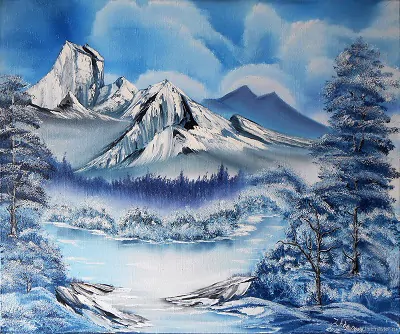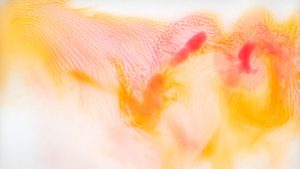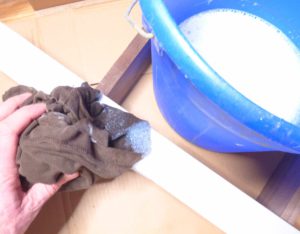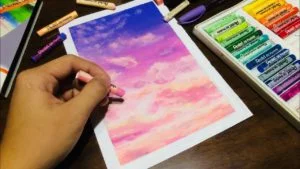Painting is a world in itself. The colors, the stroke of a brush on canvas, the shades all of them on a canvas create a world like no other. It’s a wide world filled with colors, happiness, joy and fun. It’s as if nothing can get through without getting a little bit of joy and color sprinkled on them. There are various different types of Paints. Like acrylic, oil paint, water colors, gouache, glass color etc. However in this article by Podium we shall be discussing What are the Big 3 of Paints?
When we say the Big 3 of paints, the first thing that comes to mind is a huge canvas filled with various paints. But no, the big three is acrylic, water colors and gouache. We shall find out in detail what constitutes these 3 paints. Many of you readers might already be familiar with these 3 paints, but why not go into a little more detail and give this piece of article a read. A little bit more knowledge never hurt anyone. Am I right?
Acrylics
What it is?
Like any other Art, learning to paint with acrylics takes a bit of time. But for everything that is worth having, time is a factor we cannot just skip. it takes plenty of trial and error to excel at something. The basic advantage of working with acrylics is they are fast drying and easy to clean. They have little to no odor. This type of paint is heavily pigmented and therefore the colors get very bold and vibrant. Where oil paint takes an entire day to dry, acrylic paint dries within minutes. Also, in case of acrylic paints you can paint over the dried areas and see no mistakes, compared to oil, acrylic is a god sent paint. For this very reason acrylic paint is a great medium for beginners.
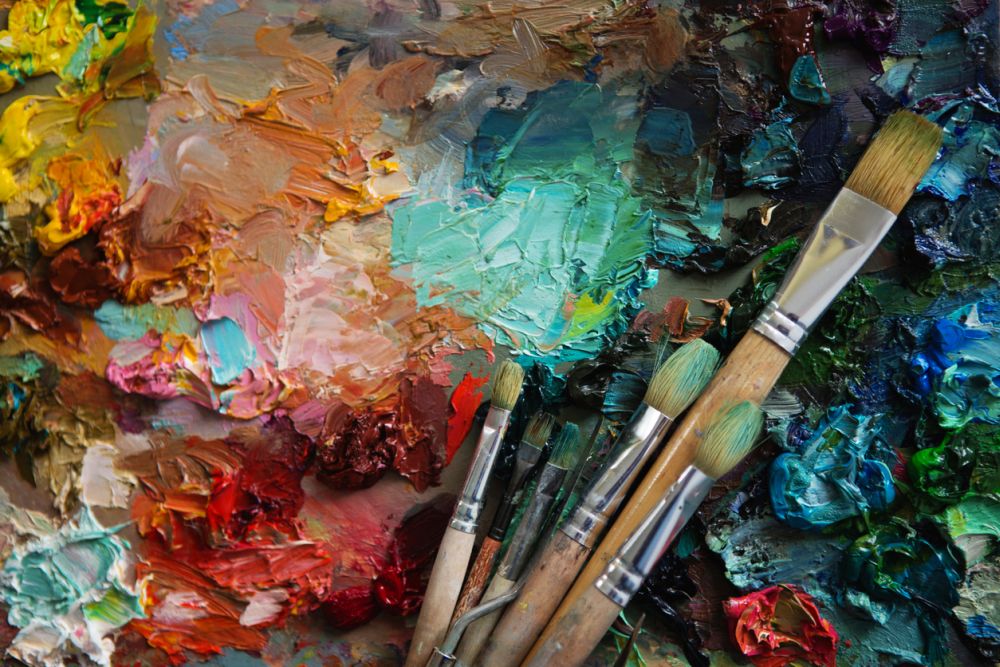
A few additional characteristics of acrylic paints are, they are water soluble when wet and water resistant when dry, they give a darker hue when dry than visible when wet, they don’t spread at all. The most beautiful part about acrylics is they are inexpensive and pretty easy to work with. However, in the hands of a creative artist, they give off amazing results.
Materials required
What are the Big 3 of Paints
The materials needed for this kind of painting is a palette, a knife for blending, brushes, canvas, rags or paper towels, soap and water for clean-up, that’s about does it.
As a beginner in this medium, Podium School recommends you go with student grade materials rather than the professional ones. Student grade will be less expensive. you can practice and explore new subjects and colors as a beginner. As and when you begin to feel more confident, you can upgrade to higher quality materials. Diving into brushes, stick to a few good ones rather than a bunch of them to enjoy the experience. For example, a flat brush, a round one, wash brush, angled brush, liner brush and fan brush are the few you need to have.
For easel, explore you options first before diving into the sea of expensive high-quality easels. Go for something robust. A good easel is a necessity to experience the pleasure of painting. We suggest going for a cheaper one for the time you’re practicing and exploring your options.
Water color
What it is?
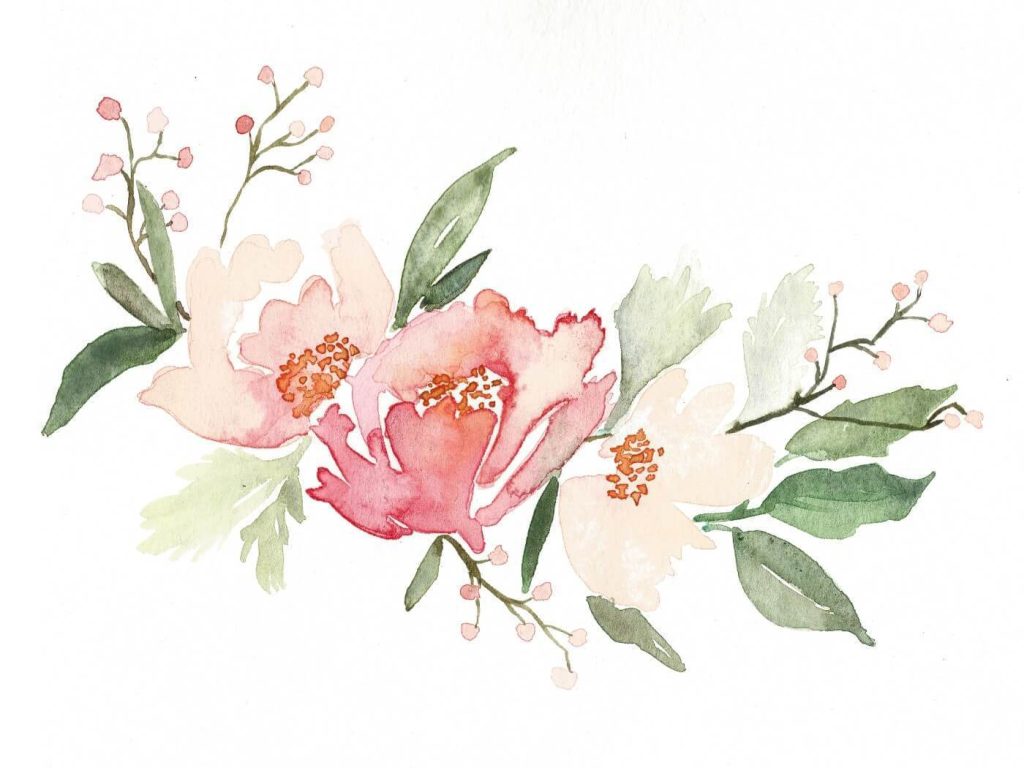
Painting with water colors is one of the most difficult things on planet Earth if you don’t know the basics well. It can be either fun or frustrating as hell. If you’re someone who’s struggled with water colors then this is the right article for you. Reason one being, you’re not alone in this struggle and two is there are some awesome tips you’re gonna come across in here. Moving on, water color brushes are difficult to control, so you need a lot of practice to get that firm hold on it. Water colors become lighter when they dry out on the paper. They look muddy without any depth or dimension if not done properly.
Water colors is a translucent medium. The more water you use, the more translucent it gets. But if you use less water, it gets more opaque to the eye.
Materials required
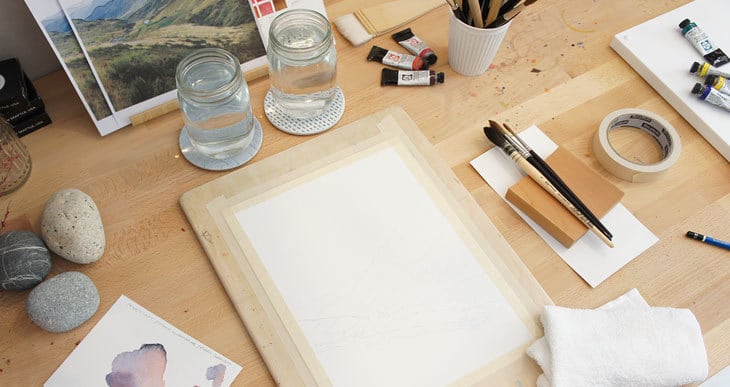
Good quality brushes are a pretty obvious need and a hand towel. Use 2 water jars instead of one. One to clean your brushes and one to mix colors. This is so that you don’t have to constantly change your water. Keep your canvas in place with a tape, this avoids wrinkles on your canvas. In between layers, let your colors dry out before putting on a new layer of color. Work on a level surface. Water colors flow, when kept on an uneven surface, it pools in a certain area which creates a mess. Finally, last but not the least PRACTICE!
Water colors are inexpensive. But whatever your other supplies may be, you need to use high quality paper to paint on in case of water colors. The canvas needs to be absorbent, if not the paper will tear, and your painting would look horrible. Podium school recommends cold pressed paper, which has a nice texture to it and hot pressed, which is smoother.
Gouache
What it is?
Gouache may not be as popular as water colors or acrylics, but it just a beautiful and versatile medium. You need to just try it once, and you can never go back. It’s like a matrimony between watercolors and acrylics. It’s beautiful and lively just like water colors and forgiving like acrylics. Gouache like the above two mediums requires mixing with water to paint. Gouache painting has been around way longer than the above two mediums. It dates to the 18th century.

Water based gouache like watercolors, but it gives a matt finish and is opaque. This is due to the presence of zinc and titanium oxide. You can get the translucent effect by adding in more water. Acrylic based gouache dried quickly just like acrylics do. Once it dries you can’t re wet it, but you can vary its consistency while you’re still painting, and the paint is wet. However, it becomes permanent when dry. Gouache for Podium School is the biggest three of paints in this article of what are the big 3 of paints.
Materials required

You need to go with either cold-pressed or hot-pressed paper in case of gouache painting. Avoid anything that is rough grain. Gouache tends to settle in the crevices, which leads to cracking. Brushes to be used need to be synthetic, as they hold lesser water than the natural counterparts. A mixing tray is a definite requirement in case of gouache paint to get that spectrum of color you want.
Gouache is a fun medium, very useful and one of a kind once you get the hang of it. It will act as a new arsenal to express yourself through painting.
Share with your friends

